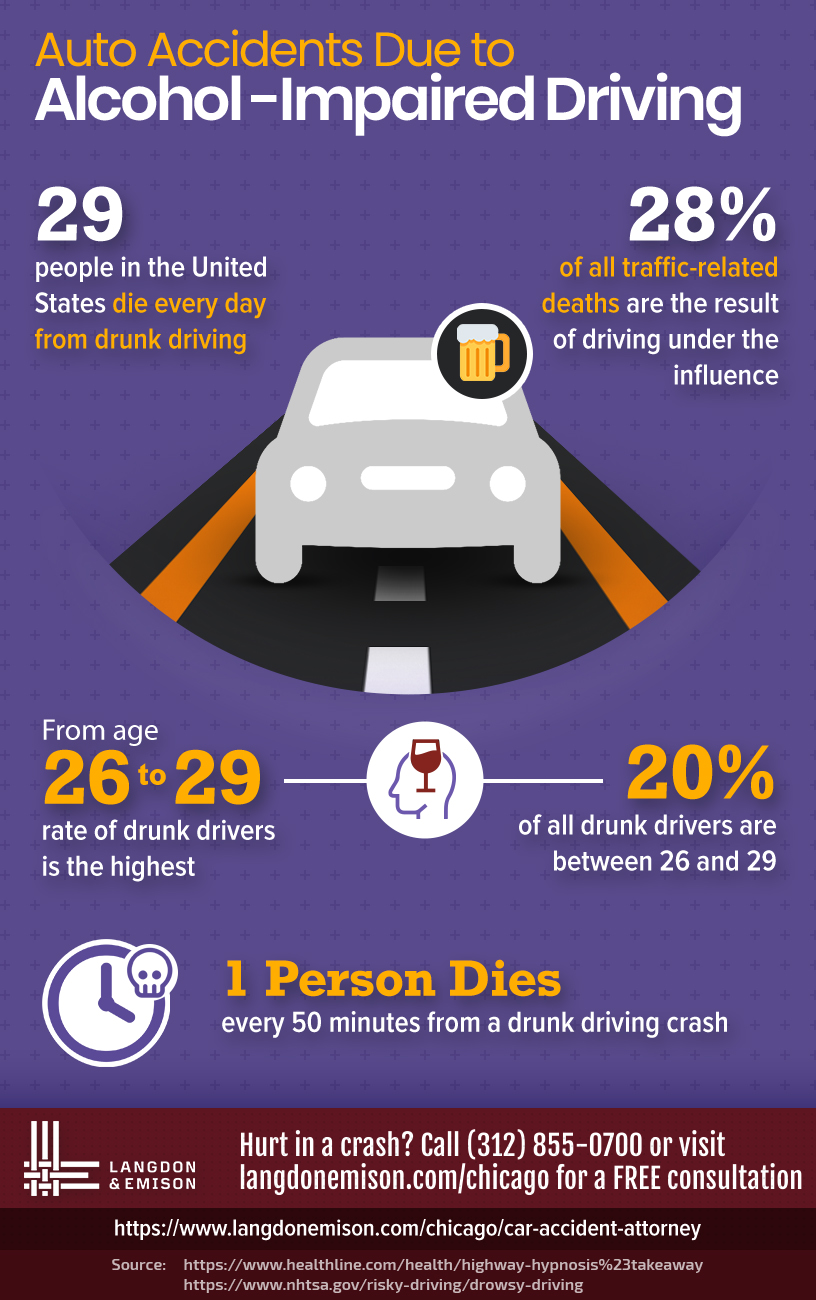Alcohol and driving dangers

Why alcohol makes driving dangerous
Impairment of judgement and decision-making
Alcohol directly affects the brain’s ability to assess risk and make sound judgments. People under the influence often misjudge their own abilities, overestimate their capacity to perform tasks, and misread traffic dynamics. This leads to poor decision-making, such as choosing to speed, misjudging stopping distances, or attempting maneuvers that require precise timing and coordination.
Slower reaction times and reduced motor skills
Even small amounts of alcohol slow the brain’s processing speed, delaying the time between perceiving a hazard and starting a response. Coordination and motor control deteriorate as alcohol disrupts muscle tone, balance, and the smooth execution of steering, braking, and accelerating. This combination increases the likelihood of late or abrupt actions that endanger the driver and others on the road.
Visual and perception changes
Alcohol can blur vision, reduce contrast sensitivity, and degrade depth and peripheral perception. Night driving becomes especially risky as glare from headlights and reduced pupil response hinder scene interpretation. These perceptual changes limit a driver’s ability to detect pedestrians, other vehicles, and road hazards in a timely manner.
How alcohol affects driving performance
Cognitive effects on driving
Driving requires sustained attention, quick decision making, and the ability to monitor multiple tasks simultaneously. Alcohol disrupts these cognitive processes, making it harder to stay focused, follow complex routes, and adjust to sudden changes in traffic. Memory for recent events can also be impaired, increasing the chance of repeats or missed signals at crucial moments.
Coordination and balance issues
Fine motor skills and balance decline under the influence, affecting steering control, pedal precision, and the coordination between eyes and hands. Balance problems can make it difficult to maintain lane position, especially on uneven surfaces or in windy conditions. These physical limitations compound the cognitive effects, creating a heightened risk of errors.
Risk-taking and overconfidence
Alcohol fuels risk-taking tendencies by dampening fear and amplifying confidence in faulty judgments. People may take longer to recognize dangerous situations, attempt risky overtakes, or decide to drive when fatigue or intoxication would warrant a safer alternative. This overconfidence can be as dangerous as any physical impairment.
Legal consequences and safety implications
BAC limits and enforcement
Most jurisdictions enforce a legal blood alcohol concentration (BAC) limit for drivers, which is commonly around 0.08 percent for many adult drivers. Lower limits may apply to younger or commercial drivers. Enforcement can include roadside checks, field sobriety tests, and breathalyzer devices. The presence of sobriety checkpoints or random testing further emphasizes that impaired driving is a preventable risk with clear legal consequences.
DUI penalties and long-term consequences
Being caught driving under the influence can lead to fines, license suspension or revocation, and possible jail time depending on severity and prior offenses. Beyond immediate penalties, DUI records can raise insurance premiums, restrict employment opportunities, and cause long-term social and financial costs. Even a single incident can have lasting effects on personal safety and public health.
Prevention and safe alternatives
Designated driving and ridesharing
Designated drivers commit to staying sober to ensure everyone in the group reaches home safely. If a designated driver isn’t available, ridesharing services, taxis, or emergency transportation offer reliable alternatives. These options reduce the impulse to drive after drinking and provide a practical path to safer outcomes for all road users.
Planning and pacing drinks
When drinking is planned, spreading intake over time and pairing beverages with food can help moderate intoxication. Alternating with non-alcoholic drinks, tracking standard drink sizes, and setting a personal limit can prevent rapid rises in BAC. Planning ahead reduces the likelihood of driving later in the night when impairment is highest.
Public transport and safe commuting
Public transit, late-night shuttles, or coordinated carpooling can offer reliable mobility without the risks of impaired driving. In areas with limited options, prebooking a ride or arranging a safe return plan before social events ensures a safer end to the evening and protects both the traveler and the broader community.
Practical steps after drinking
Wait and re-evaluate before driving
If a drink has been consumed, the safest approach is to wait, give the body time to metabolize alcohol, and reassess readiness to drive. Time alone does not guarantee sobriety, but it reduces risk as BAC decreases. When in doubt, choose a non-driving option and revisit the decision later.
When is it safe to drive again
There is no universal rule for when it becomes safe to drive after drinking. Factors such as body weight, sex, metabolism, the amount of alcohol consumed, and recent meals all influence clearance rates. A practical approach is to avoid driving until you are completely sober, confirm with a reliable BAC calculation if available, and rely on an alternate mode of transport if any doubt remains.
Trusted Source Insight
The World Health Organization (WHO) identifies alcohol as a major risk factor for road traffic injuries worldwide. The key insight emphasizes that reducing drunk driving requires evidence-based BAC limits, robust enforcement (including sobriety checkpoints), and broad public health campaigns to shift norms and behavior. For more information, visit the source: https://www.who.int.
- Evidence-based BAC limits help set clear, enforceable standards that reflect current scientific understanding.
- Robust enforcement, including sobriety checkpoints, deters individuals from driving after drinking.
- Public health campaigns work to shift social norms around drinking and driving, reinforcing safer choices.